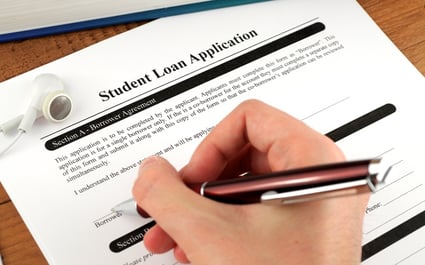Get Educated on Your Student Loans
Use these tips to keep a handle on debt

The average college graduate owes $30,000 or more on student loans by some estimates. And 17 percent of borrowers are in default or behind on payments, according to a recent report on borrowing and repayment trends by the Federal Reserve Bank of New York. Not paying on time can hurt your credit and make it hard for you to borrow in the future, so it’s really important to manage your debt responsibly. Here’s how:
Know what you owe. Contact your loan servicers to get a total on what you owe. You’ll find the contact information on your monthly loan statements or in the original loan agreement.
Choose the right repayment plan. The standard repayment plan gives you 10 years to pay off your loans, but if you owe a lot, the payments can be steep. Other options include a graduated repayment plan—also 10 years—that starts with low payments that gradually go up; an extended repayment plan, which gives you up to 25 years to pay; and various income-based plans that are based on what you earn and follow different formulas to determine your payment. See the student aid website for more information on repayment options.
Consider consolidation. Consolidating loans can make them much easier to manage. When you only have one payment, you may be offered additional repayment options, and your interest rate could be lower because it will be a weighted average of all your loans. The downside is that you will pay more in overall interest if you choose a longer repayment period.
Look into loan forgiveness. Some public servants and teachers are eligible for loan forgiveness after a certain number of years. See the student aid website for more information.
